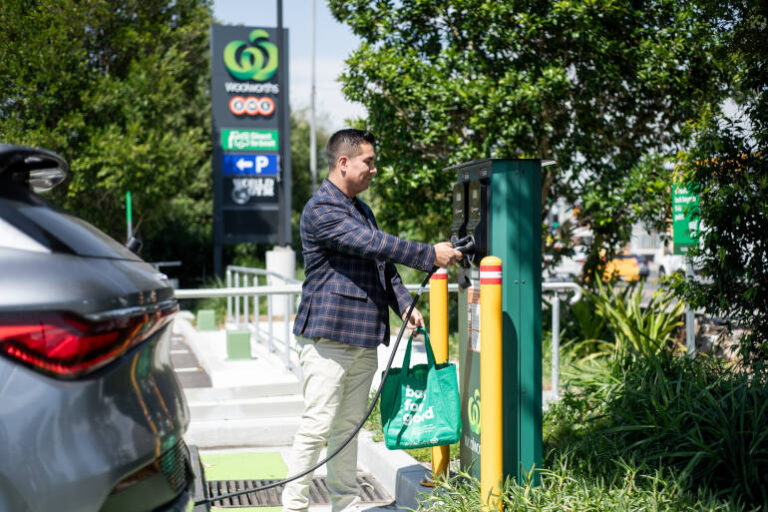Transitioning to electric vehicles (EVs) is an exciting but complex step for fleet managers. Success hinges on a well-structured roadmap that balances ambition with practical planning. In an exclusive interview with Fleet EV News, Claire Painter, Head of Business Development at JET Charge, highlights the importance of setting realistic goals, scaling infrastructure strategically, and aligning plans with broader organisational priorities.
Setting Realistic Goals
Fleet electrification is a journey best approached incrementally, aligning with natural vehicle replacement cycles. Painter stresses that attempting to transition an entire fleet in one go is neither feasible nor cost-effective. Instead, she advocates for a phased approach: “It’s about bringing people along on the journey. You don’t electrify all vehicles at once; you break it down into manageable steps.”
For example, a fleet of 100 vehicles could be transitioned over four years by electrifying 25 vehicles annually. This strategy not only reduces upfront costs but also ensures the infrastructure evolves in tandem with fleet needs.
Aligning Plans with Organisational Objectives
A successful roadmap reflects the organisation’s goals, including sustainability commitments, financial constraints, and operational requirements. Painter explains, “Fleet managers need to consider fleet utilisation, replacement timelines, and total cost of ownership. Often, it’s worth questioning whether the fleet size itself can be optimised to reduce costs.”
These considerations help ensure the electrification strategy aligns with long-term organisational objectives while addressing immediate operational needs.
Balancing Future-Proofing and Over-Investment
One of the biggest challenges in electrification is finding the right balance between future-proofing and avoiding over-investment. “When planning EV charging infrastructure, you need to look to the future to find efficiencies while ensuring you’re not overspending,” Painter advises.
To achieve this, organisations can start with foundational infrastructure—such as cabling, conduits, and load management systems—that allows for gradual scaling.
“The initial setup might feel significant, but it pays off by making future expansions seamless,” she explains. This method avoids unnecessary costs while ensuring readiness for long-term fleet growth.
Avoiding Ad Hoc Planning Pitfalls
Ad hoc planning, such as adding chargers whenever a new EV joins the fleet, often leads to inefficiencies and higher costs. “Without a cohesive plan, you risk hitting power limits or placing chargers inefficiently, forcing you to revisit and redesign,” Painter warns.
A structured roadmap prevents such issues, helping fleet managers optimise resources and minimise disruptions.
Integrating Home Charging and Reporting
For many fleets, home charging is a practical solution, especially for vehicles that remain with employees overnight. However, it requires careful planning to manage reimbursement and reporting. Painter explains that JET Charge’s Charging as a Service model, JET Charge+, simplifies this process: “We handle everything— enabling visibility on utilisation, sustainability impacts, and a simplified employee reimbursement process —making it easy for both organisations and employees.”
This integration also reduces workplace charging strain while ensuring accurate reporting for sustainability goals. “The ability to bundle home, workplace, and public charging into a single system makes electrification smoother for all parties involved,” Painter adds.
Partnering with Experts
Given the complexities of fleet electrification, collaborating with an experienced partner can be transformative. With over 20,000 chargers and accessories delivered, JET Charge offers deep expertise in all aspects of EV infrastructure. “Having deployed the most chargers in Australasia, we’ve encountered almost every scenario, from a simple home installation to large-scale commercial rollouts, so we can anticipate challenges and support customers through the process,” says Painter.
“There is rarely a one-size-fits-all approach when it comes to EV charging infrastructure”, she explains. The company’s approach can be fully tailored to your needs, preferences and resources. From individual projects such as hardware supply or infrastructure design to our full charging as a service model; offering flexible operational models, allowing you to manage as much or as little as you like.






